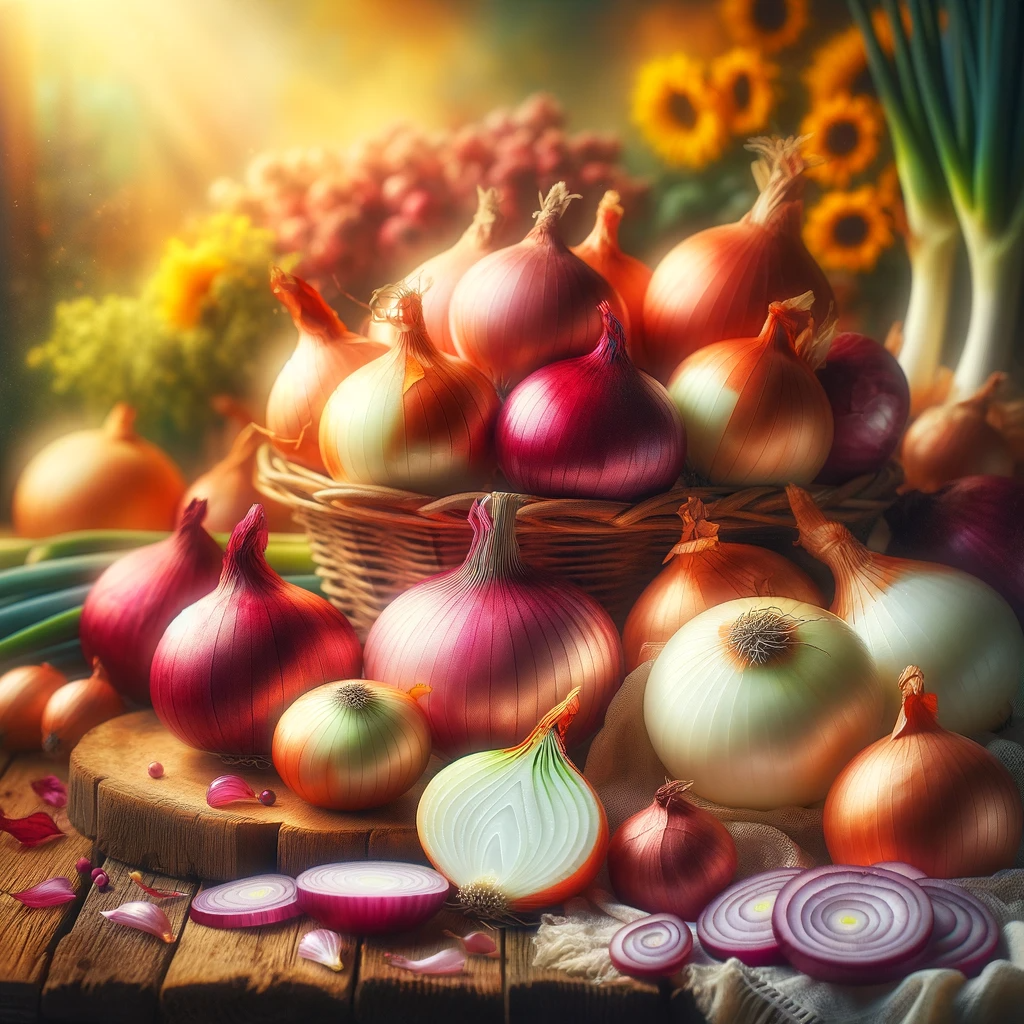Introduction: Pickling onions is a time-honored culinary tradition that not only enhances their flavor but also preserves their freshness for months to come. Whether you’re a seasoned pickling pro or a newbie in the world of preserving, this ultimate guide will take you through the steps to ensure your pickled onions turn out perfectly every time. In this article, we’ll highlight the essential pointers to make your pickling experience a breeze.
1. Choosing the Right Onions: Before you start pickling, it’s crucial to select the right type of onions. Sweet onions like Vidalia or Walla Walla are ideal due to their mild flavor, but you can use red or white onions depending on your preference.
2. Preparing the Onions: Peel and slice the onions thinly for quicker pickling. For a milder flavor, soak the sliced onions in ice water for 30 minutes, then drain them.
3. Selecting the Vinegar: The type of vinegar you choose will greatly impact the taste of your pickled onions. White vinegar or apple cider vinegar are popular choices, but you can get creative with flavored vinegars like champagne or rice vinegar for a unique twist.
4. Adding Flavor with Spices: Experiment with various spices and herbs to create a flavor profile that suits your taste. Common additions include black peppercorns, coriander seeds, bay leaves, and red pepper flakes for a hint of heat.
5. Sweetening the Pickle: To balance the acidity, add some sweetness to your pickling liquid. Granulated sugar or honey can be used, and you can adjust the sweetness to your liking.
6. Achieving the Right Saltiness: Salt is essential in pickling to enhance flavor and preserve the onions. Use kosher salt or pickling salt as table salt may contain additives that affect the final product.
7. The Boiling Process: In a non-reactive pot, bring your vinegar, water, salt, sugar, and spices to a boil. Simmer for a few minutes to allow the flavors to meld.
8. Pack the Jars: Sterilize your jars and pack them with the sliced onions, leaving some headspace. Pour the hot pickling liquid over the onions, ensuring they are completely submerged.
9. The Waiting Game: Seal the jars tightly and let them cool at room temperature. Then, store them in the refrigerator for at least 24 hours to allow the flavors to develop.
10. Long-Term Storage: For longer storage, process your pickled onions in a water bath canner. This will make them shelf-stable for up to a year.
11. Enjoy Your Pickled Onions: Once your pickled onions are ready, they make a delightful addition to various dishes. Use them in sandwiches, salads, tacos, or as a garnish for a burst of flavor.
12. Experiment and Have Fun: Don’t be afraid to get creative with your pickling adventures. Try different spices, herbs, or even add some fruits for a unique twist. The possibilities are endless!
Conclusion: Pickling onions is not only a fantastic way to preserve their freshness but also a chance to infuse your own unique flavors into this classic condiment. With these essential pointers in mind, you’re well-equipped to embark on your pickling journey. So, gather your ingredients, prepare your jars, and savor the taste of homemade pickled onions like never before. Happy pickling!
